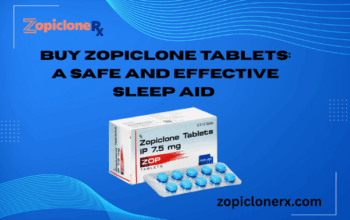A degenerative eye condition known as corneal dystrophy is brought on by aberrant cellular growth and function, which results in an overabundance of fluid in the cornea. Your iris and pupil are covered by the cornea, which makes up the front portion of your eyes. It is made up of layers of clear protection that assist focus light as it travels to the lens, which is sort of where vision “begins.” Although corneal dystrophy can impair vision, it seldom results in total blindness.
The six layers that make up the cornea can all begin to deteriorate. Edema, which results from this, causes swelling and obstructs normal vision. Imagine it like a blemish on a camera lens. These distortions are probably invisible to you, but an eye doctor can spot them during a thorough eye exam, particularly when using a slit lamp microscope.
Variations
Different types of corneal dystrophy exist, and they differ depending on the layer of the cornea they impact and what caused the deterioration. Three main groups can be found:
- Epithelial dysfunction (affecting the outermost layer of the cornea)
- Stromal dysfunction (affecting a middle layer of the cornea responsible for strength, structure, and flexibility)
- endocrine dysfunction (affecting the innermost layer of the cornea)
Most likely, when you heard the term “corneal dystrophy,” the person was talking about Fuch’s (pronounced “Fooks”) endothelial dystrophy, which is n endothelium dystrophy. An ophthalmologist from Austria by the name of Ernst Fuchs made the initial discovery of this specific kind of corneal dystrophy in 1910. As I indicated earlier, the endothelium is the layer that controls the fluids in the cornea. When it’s broken, the fluid begins to leak into the cornea, blurring eyesight. Fuch’s corneal dystrophy most frequently affects people in their 40s and more frequently affects women than men.
Symptoms
Numerous corneal dystrophy symptoms, such as hazy vision, haloes around lights, and trouble seeing at night, are also signs of other prevalent eye diseases, like cataracts and glaucoma. The best diagnosis will therefore come from your eye doctor, who can examine the real regions of concern rather than just evaluating symptoms.
Actual eye discomfort and the sensation that something is in your eye are two symptoms that may distinguish corneal dystrophy from the early stages of glaucoma and cataracts. The discomfort is typically brought on by the blister-like abnormalities that develop on your cornea as corneal dystrophy worsens. As the problem gets worse, it can go away, but your vision will get worse as a result. The abnormalities in your cornea are what give you the impression that something is in your eye. These anomalies can cause a thin tear film, bulging cornea, and varying vision.
Treatment
From eye drops to a corneal transplant, there are therapies for corneal dystrophy. In many cases, your eye doctor may advise you to wear special contacts that will serve as a bandage for your cornea’s outer layer until the tissue can heal on its own. There is no precise timetable for the evolution of corneal dystrophy; it might take anywhere between months and decades.
Since corneal dystrophy is an inherited disorder, there is no known way to avoid it. The good news is that there is a cure for this illness. Several effective oral and topical treatments may lessen the consequences of corneal dystrophy. Even custom-made contact lenses are available to enhance eyesight while promoting eye healing. Your eye doctor can assist you in determining the best course of action. Under local anesthesia, a corneal transplant is performed as an outpatient operation. Even though recovery is fairly short (a week or less), you can experience fluctuating vision for up to a year after the treatment.
Make an appointment with your VSP eye doctor if you believe you are exhibiting signs of corneal dystrophy or if you’d like them to check your eyes for other problems.




